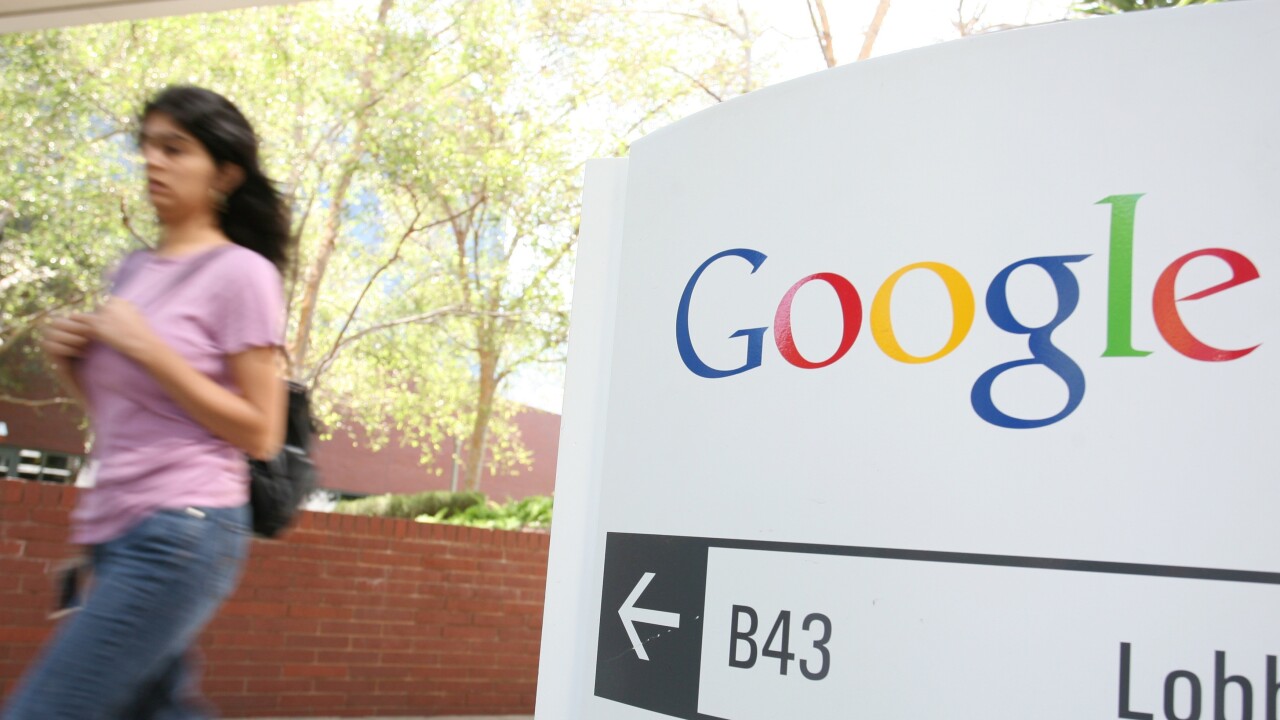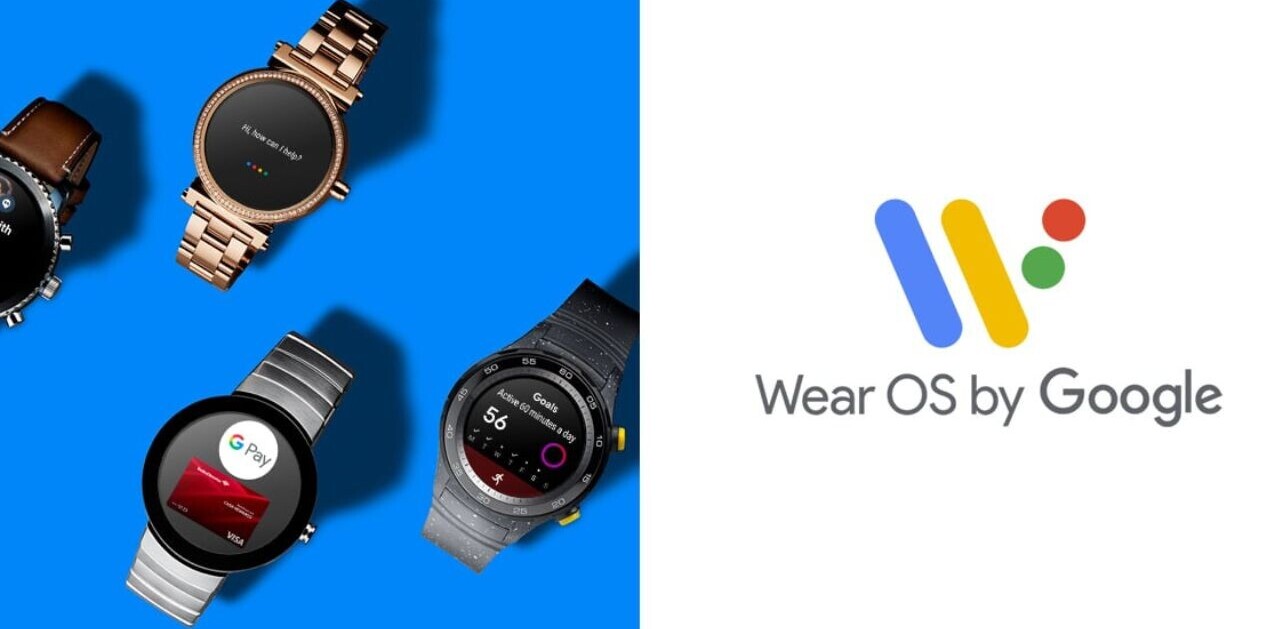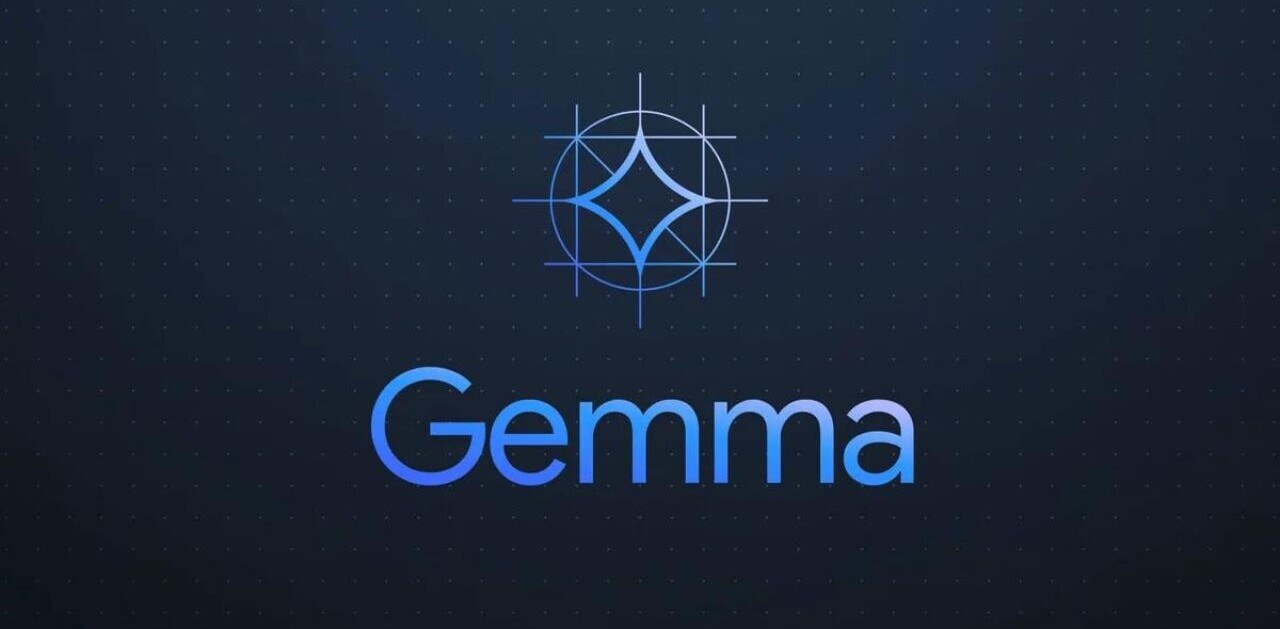
Google is continuing its campaign to provide better Internet connectivity through improved spectrum usage today, after it announced a fresh trial for 10 schools in Cape Town, South Africa.
These educational institutions will have access to wireless broadband over a white space network, which takes advantage of “white spaces” – channels in the broadcast TV spectrum that are unused or dormant.
Three base stations located at Stellenbosch University’s Faculty of Medicine and Health Sciences in Tygerberg, Cape Town will be used to broadcast the signal.
Google says that because the unused white space travels on a low-frequency, it should be able to travel much longer distances. This makes it a good fit for the Cape Town area, which holds many rural communities with little or no telecommunications infrastructure, as well as more densely populated urban areas, where connectivity could still be improved.
Google is working alongside the CSIR Meraka Institute, Tertiary Education and Research Network of South Africa, e-Schools Network, the Wireless Access Providers’ Association, Comsol Wireless Solutions, Carlson Wireless, and Neul in order to get the trial up and running.
One of the major challenges associated with the initiative is ensuring that Google and its partners don’t intrude on the channels owned by licensed spectrum holders.
Google will therefore be using the online database created by Google.org, the technology giant’s charitable division, to track unused TV white space spectrum in the area.
The database itself entered a 45-day public trial with the Federal Communications Commission (FCC) in order to be approved as a TV white spaces database administrator. Even so, it’s possible for anyone at the moment to log on-to the website and see the amount of TV white spaces spectrum available in their location, as of January 29, 2013.
Once the database is certified with the FCC, registered devices will be able to check the database automatically and identify spectrum available in the surrounding area. The idea being that if more devices can take advantage of unused channels, it will in turn free up the parts of the spectrum used by license holders, thereby offering consumers a faster or more reliable connection.
Cape Town isn’t the first place that Google has introduced such a trial, however. The company teamed up with Spectrum Bridge and the Hocking Valley Community Hospital in September 2010 to deploy a similar network using TV white spaces spectrum in Logan, Ohio.
The deployment, granted by the FCC, enabled first responder vehicles, the hospital grounds and various health departments to have access to high-speed wireless Internet access without interfering with any existing usage.
It was then followed by a workshop in Johannesburg, at which the Independent Communications Authority of South Africa lent support for an industry-led white spaces trial in South Africa.
Image Credit: KIMIHIRO HOSHINO/AFP/Getty Images
Get the TNW newsletter
Get the most important tech news in your inbox each week.





